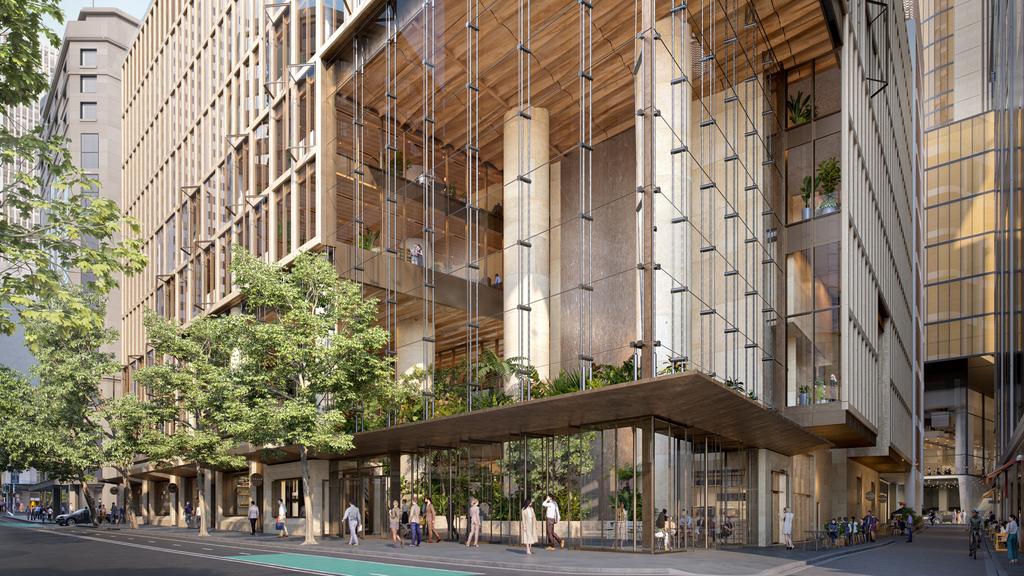Leading companies are shifting towards premium office space as they aim to secure better facilities and attract talent. This rising demand in top-tier buildings is tightening vacancy rates and drawing attention to expected supply issues between 2026 and 2030.
Australia’s commercial office sector continues to face vacancy challenges, largely driven by pandemic-related workplace changes. Developers are delaying new projects and the current supply is under pressure. Despite this, leasing activity is starting to stabilise, particularly in high-demand city areas like Melbourne and Adelaide, which have seen modest declines in vacancies, suggesting an early recovery.
Markets such as Sydney and Brisbane remain under strain due to extended decision-making cycles and cautious corporate spending. However, premium and A-grade properties are experiencing a rise in interest. This demand is pushing up face rents while slow construction activity keeps supply low, especially in central business district locations.
This apparent recovery in top-tier office leasing also exposes underlying market weaknesses. New developments are slowing, incentives vary between regions and fit-out costs remain a barrier for mid-sized tenants. Nevertheless, there is cautious optimism. With interest rates stabilising, this could be a strategic moment for occupiers to secure favourable leasing terms before rents increase further.



